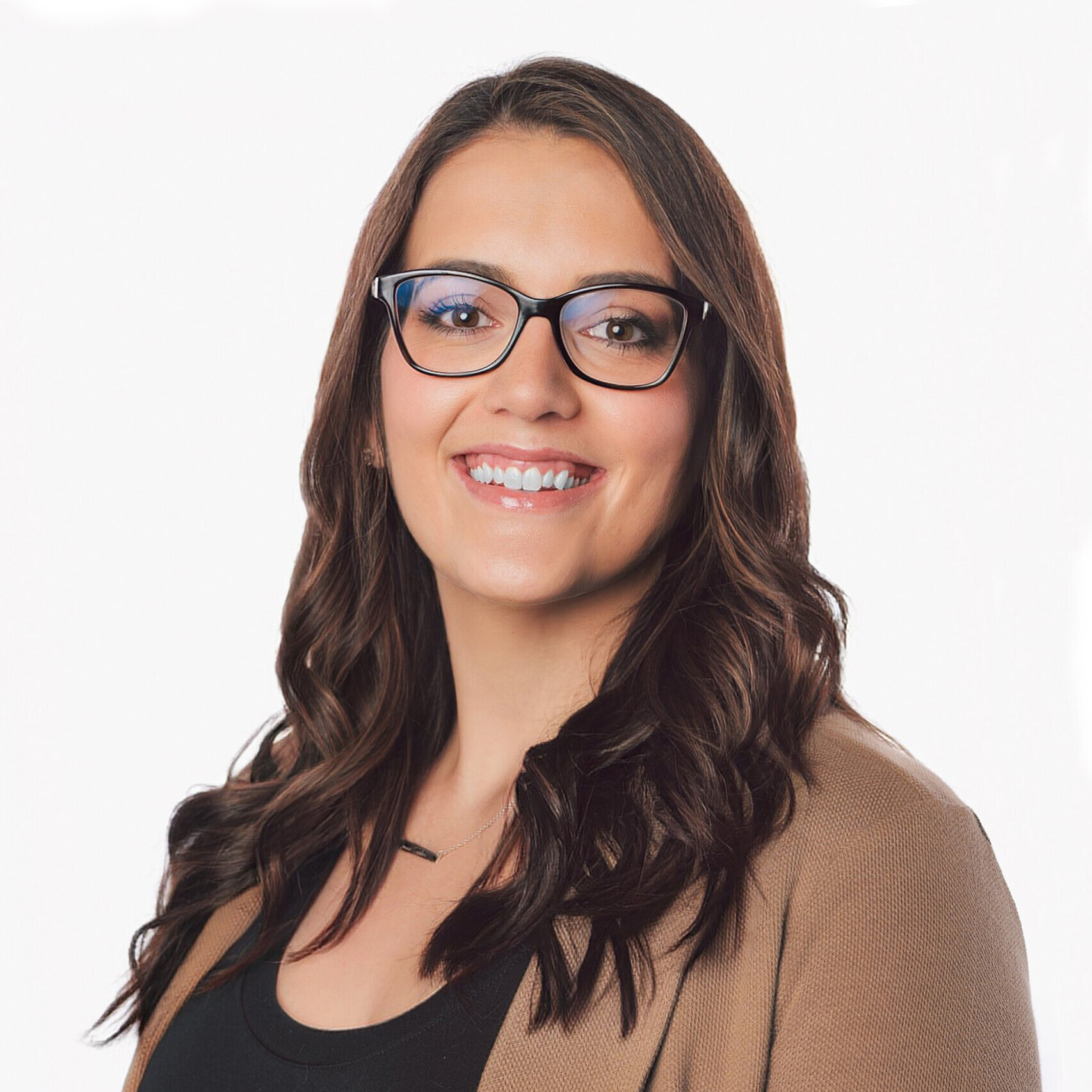Addressing Teacher Shortage: One Possible Solution, High Quality Online Learning

By Jessica Slusser and Adam Kulaas
Teacher shortages are creating access barriers in many communities. With hard to fill teaching positions that include everything from core content to dual language, future focused electives are becoming less of a priority to fill. This creates a scenario that “taxes” all community members by adding to teacher workload through class coverage, preparation in teaching areas that they have not been trained to deliver and reduced elective offerings based on staffing that conflicts with student choice, which can contribute to decreased buy in.
While some blame shortages on the teaching profession being deeply undervalued, in more rural districts it’s more a matter of logistics. Filling teacher positions for unique classes (think Mandarin, high-level language courses, coding etc.) paired with a lack of quality applicants for high-level courses can be troublesome for districts, in turn leaving students without access to courses they’re interested in or need for college and career.
Every state is dealing with different levels of shortages, and some are even driven to hire on emergency or temporary credentials to meet staffing needs, meaning teachers are in classrooms who aren’t necessarily prepared for the role. In other scenarios, some districts have been forced to increase class sizes, use short-term subs or cancel classes altogether. But one possible solution to help decrease shortages and increase student choice is online learning.
Think of it this way. You’re a school superintendent who has a small group of students interested in learning mandarin. You don’t have the interest to fill a full time teaching position, but by partnering with an online provider you can offer that mandarin class to your students (along with many other courses).
By acknowledging the teacher shortages that schools and districts are facing in the United States, we are given an opportunity to develop and find solutions that do not dilute content or rigor, while staying committed to each individual learner. When done with intentionality, we can successfully prepare students to learn through multiple modalities, increase access to content and accelerate preparation for post secondary learning platform options.
ASU Prep Digital is Arizona State University’s online high school for example. The online school combines high school and college in an online setting that creates an opportunity for students to earn college credit while completing their high-school requirements. In addition, ASU Prep Digital’s courses allow students to drive exploration in authentic, real-world simulations, scaffolded based on performance. Learners drive their experience and are given ample opportunity to use problem-solving skills and critical thinking.
ASU Prep Digital’s 45 online college prep high school courses and highly qualified teachers can support districts experiencing shortages and allow them to meet students where their passions reside and offer classes students desire, despite low enrollment or staffing shortages. Each learning module has built in formative self-assessments and formal exams to test the application of knowledge. For students who are unable to master a skill, who have disabilities or maybe only need one course and want to enroll in part time, there is also curated content available.
What’s Next?
The teacher shortage problem can be attributed to many different things, and the solution is much deeper than simply partnering with an online provider. We must begin to see a shift in teacher prep and training. In Preparing Teachers for Project-Based World we share the importance of preparing teachers by providing them the same innovative and engaging learning opportunities we want to provide for students.
ASU Prep Digital is working hard to change teacher prep to make sure teachers are properly trained and equipped with a suite of skills and tools they can pull from beyond content knowledge. They’re working closely with ASU to help inform them on what’s really needed from new educators entering the classroom. They’re exploring micro-credentials, teacher training, and other modalities to eventually create more and greater opportunities for educators.
For more, see:
- Online Language Learning Toolkit
- Six Key Components of Effective Online Instruction
- Why Do Students Choose Blended and Online Schools?
Stay in-the-know with all things EdTech and innovations in learning by signing up to receive the weekly Smart Update. This post includes mentions of a Getting Smart partner. For a full list of partners, affiliate organizations and all other disclosures, please see our Partner page.






Ivan Ancero
Can I site this article on my research?
Thanks
Replies
Mason Pashia
You bet!